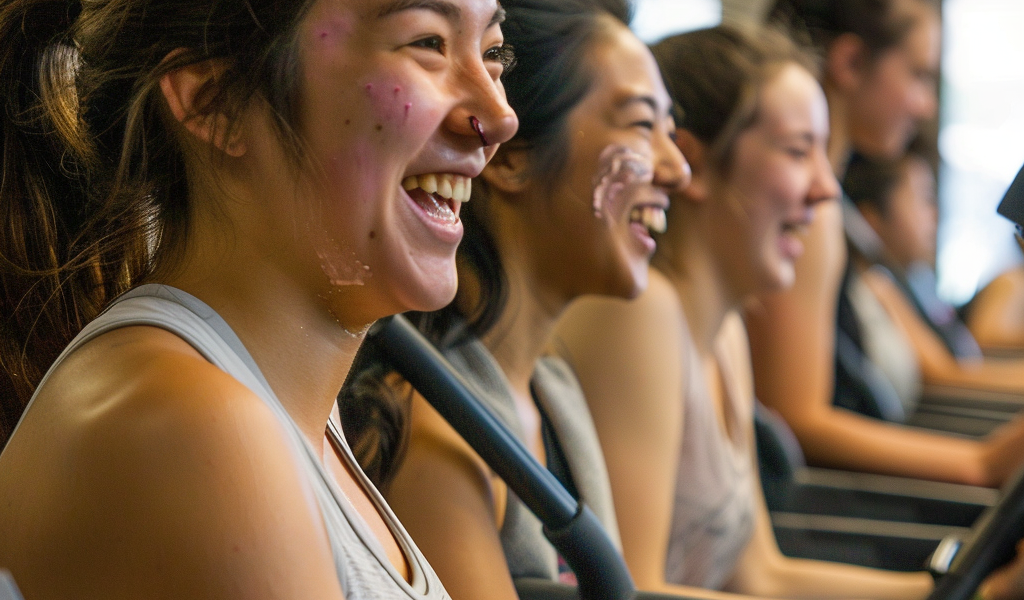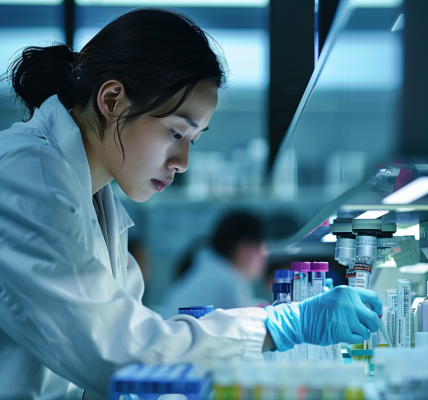Regular moderate physical exercise is recommended as part of a healthy lifestyle. However, there is no clarity on whether it is wise to wear makeup while exercising, even though more people appear to be making up their faces before exercise. A new study in the Journal of Cosmetic Dermatology reports the results of an intervention study on skin changes following the use of makeup while exercising on a treadmill.
Background
The skin forms the largest organ in the human body. It has barrier and protective functions, which are best performed when the skin is healthy. Healthy skin has specific attributes such as moisture, oil level, elasticity, the number of pores, and the area of sebum production. Unhealthy skin may cause lesions such as pimples, whiteheads and blackheads, papules, and nodules to appear. Apart from local care, it is important to eat a healthy diet, sleep 7-9 hours, and exercise regularly. A healthy gut microbiome also plays a key role.
Skin changes with exercise
Exercise causes changes in healing production, boosts metabolism, and indirectly alters the condition of the skin. For instance, each increase by 0.2 degrees in the internal temperature associated with exercise causes more blood to flow to the skin as a compensatory regulatory measure, along with the expansion of skin pores to discharge more waste products and sebum, which have to be cleaned before they accumulate and potentially damage the skin. A recent study reported the use of face makeup by up to 60% of people at the gym. How would this practice affect skin health? The researchers sought to find out, focusing on the use of just one component, a cosmetic foundation cream.
About the study
This pilot study obtained data from a group of 43 college students without a history of chronic illness. All were 23-26 years old. None of them reported previous allergies to cosmetic ingredients. Each participant had two face areas on the same side cleansed before cosmetic foundation cream was applied – the MT and MU areas. Two corresponding areas on the other side of the face – the T and U areas – were left untreated to serve as controls. All the participants exercised on the treadmill for 20 minutes after the cream was applied, and the skin condition was assessed according to the protocol.
What did the study show?
Moisture levels in T and MT went up, from 25 to 39 and from 19 to 40, respectively, but not in either U or MU. Elasticity was boosted in T and MT but not in U or MU. The number of pores decreased in T and MT, from 20 to 17 and from 22 to 16, respectively, but not in U or MU. Sebum levels went up in T and MT, from 3 to 7 and from 4 to 9, respectively, but not in U or MU. The pH went down in T and MT, from 5.5 to 5.0 and from 5.6 to 5.1, respectively, but not in U or MU. The temperature went up in all areas, but more in the treated areas.





